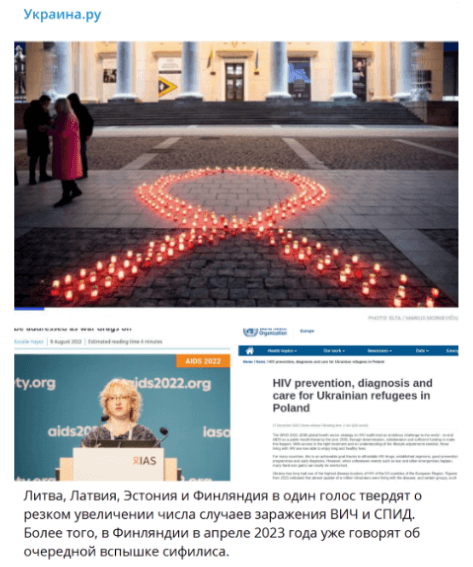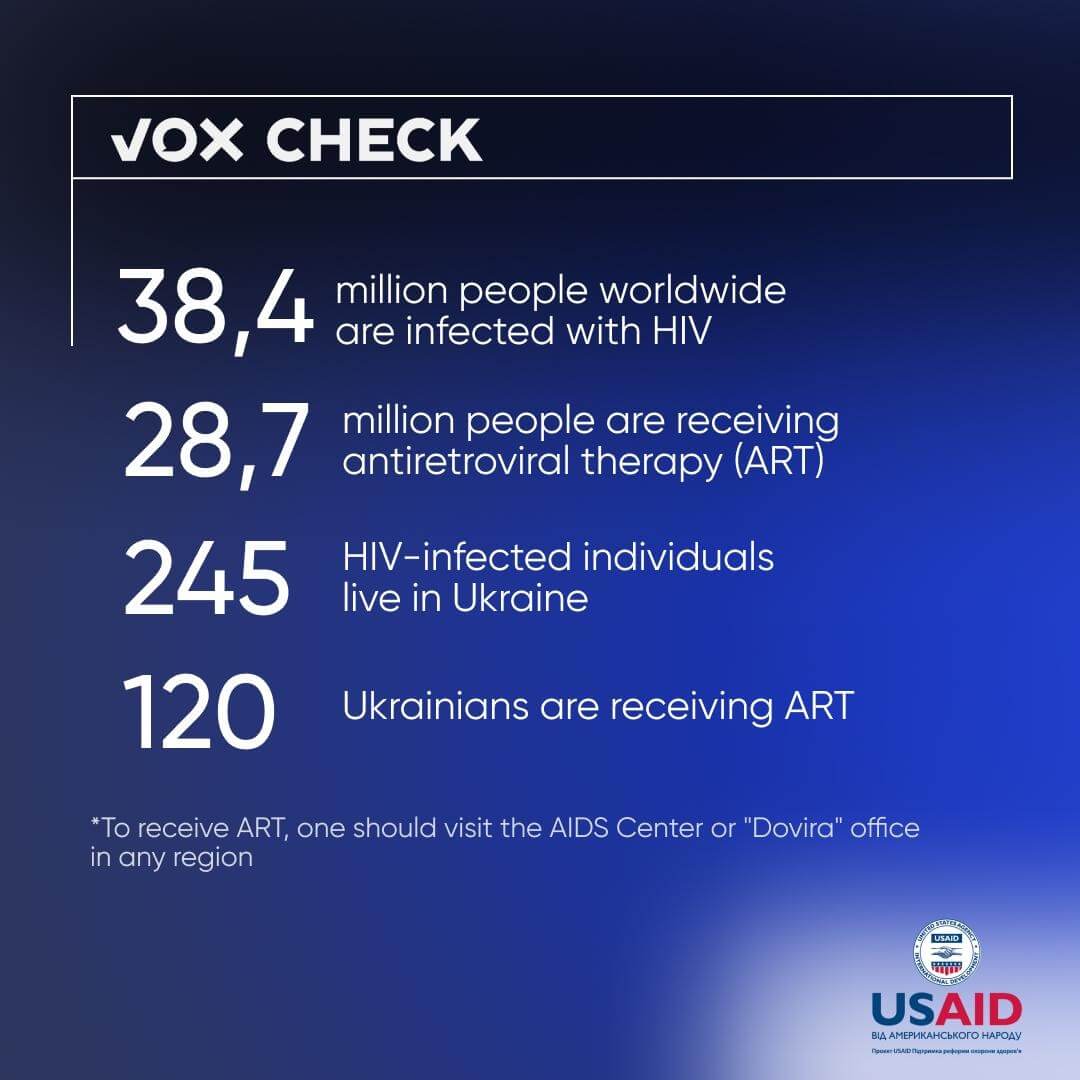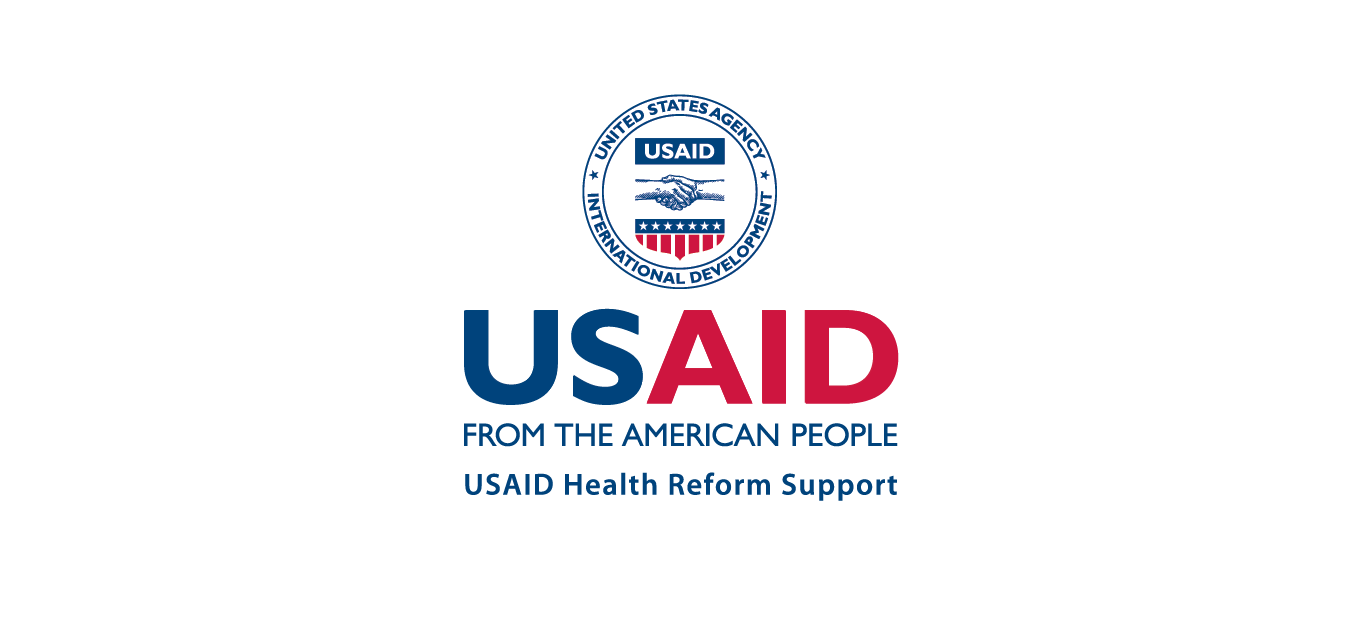Russian Telegram channels continue to discredit Ukrainian refugees abroad. Propagandists claim a “sharp” increase in HIV/AIDS cases in Lithuania, Latvia, Estonia, and Finland. In publications, they add that Ukraine has one of the highest rates of HIV/AIDS infection. Therefore, the increase in HIV-infected individuals in these countries is allegedly attributed to Ukrainian refugees.
With the support of the USAID Health Reform Support project, VoxCheck analyzes and refutes public health narratives spread in the information space of Ukraine, Belarus, and russia on a weekly basis.
Kremlin-backed Telegram channels are spreading information claiming that the Baltic countries and Finland are asserting a sharp increase in HIV/AIDS cases. Russians associate this with the arrival of refugees from Ukraine in these countries. They provide as evidence an article from the World Health Organization (WHO) discussing Ukraine’s high rates of HIV/AIDS infection. They also include articles from Lithuanian and British media allegedly reporting an increase in the number of cases.
Screenshot of the post
What’s the reality?
The WHO website does indeed mention that Ukraine has one of the highest rates of HIV/AIDS infection in Europe. The WHO article emphasizes the treatment of Ukrainian refugees with HIV/AIDS in Poland but does not mention an increase in infection rates. On November 30, 2022, the WHO and the European Centre for Disease Prevention and Control published a report on the HIV/AIDS situation in Europe. Although the document is current, it provides data only for the year 2021. In particular, Russia had the highest HIV/AIDS infection rate in the European region in 2021. Ukraine ranks second on this list.
Human Immunodeficiency Virus (HIV) is an infection that affects the immune system of the body. It is transmitted through blood and biological fluids during sexual contact, pregnancy, childbirth, or breastfeeding. AIDS, on the other hand, is the final stage of HIV infection.
People with HIV infection in Ukraine can contact the national hotline for HIV/AIDS at 0 800 500 451. HIV-infected individuals in Ukraine can receive antiretroviral therapy (ART) at their actual place of residence. To do so, they need to visit the AIDS Center or the “Dovira” office in any region of Ukraine. Additionally, HIV-infected refugees from Ukraine can receive assistance in treatment abroad. You can find all the information about medical assistance for Ukrainians with HIV infection in Europe here.
In an article from the charitable organization NAM, which propagandists attach a screenshot of, there is also mention of the treatment of Ukrainian refugees abroad. The author writes that countries hosting Ukrainian refugees have sought to provide them with access to free medical assistance, including HIV treatment. The text discusses an online survey conducted by the network group Euroguidelines in March 2022 in Central and Eastern European countries. The experts aimed to determine how the war affects the continuous provision of assistance to displaced persons with HIV infections. However, the article does not mention any increase in HIV/AIDS cases in the Baltic countries or Finland due to Ukrainian refugees.
It is worth noting that currently not all data on HIV-infected individuals in the Baltic countries and Finland for the years 2022-2023 are available. The latest relevant reports published by the World Health Organization (WHO) or the Joint United Nations Programme on HIV/AIDS (UNAIDS) contain data for 2021. National statistical services of individual countries also do not always update their data in a timely manner. At the same time, there is no confirmation that the increase in the number of HIV/AIDS cases in Europe is specifically due to Ukrainian refugees. For example, in Poland, the number of HIV-infected individuals increased because during the pandemic, fewer people were getting tested for HIV infection, and some testing facilities were not fully operational.
The National Public Health Center of the Ministry of Health of Lithuania states that HIV incidence decreased from 5.4 to 4.3 cases per 100,000 population from 2019 to 2021. However, we have not found any announcements from the Lithuanian government or media about an increase in the number of cases in 2022 due to refugees from Ukraine.
In 2022, Finland registered a record number of cases of syphilis, gonorrhea, and HIV infections. Specifically, 275 cases of HIV infections were detected. The Finnish publication Uutisuomalainen reported that the increase in the number of cases can be partially explained by the fact that most young people sought tests due to an outbreak of monkeypox. In other words, people likely started getting tested more, leading to the detection of HIV infections.
However, in 2022, Estonia saw nearly twice as many cases of HIV infection compared to 2021. According to experts, the increase in incidence was due to more active testing and the inclusion of refugees who tested positive for HIV in the Estonian medical statistics. In 2022, there were 213 such cases, compared to 125 in 2021. However, it cannot be claimed that the increase was solely due to Ukrainian refugees. According to UN data, there are currently about 50,000 Ukrainian refugees in Estonia.
According to the latest WHO report, Latvia had one of the highest rates of HIV infections among EU countries in 2021, with 11.2 cases per 100,000 population. However, there is no up-to-date data on HIV infections in Latvia for 2022. Therefore, it cannot be said that the number of infections increased due to the arrival of Ukrainian refugees.
This information piece was produced with the assistance of the United States Agency for International Development (USAID), provided on behalf of the people of the United States of America. This article’s content, which does not necessarily reflect the views of USAID, the United States Government, is the sole responsibility of Deloitte Consulting under contract #72012118C00001.
Attention
The author doesn`t work for, consult to, own shares in or receive funding from any company or organization that would benefit from this article, and have no relevant affiliations




